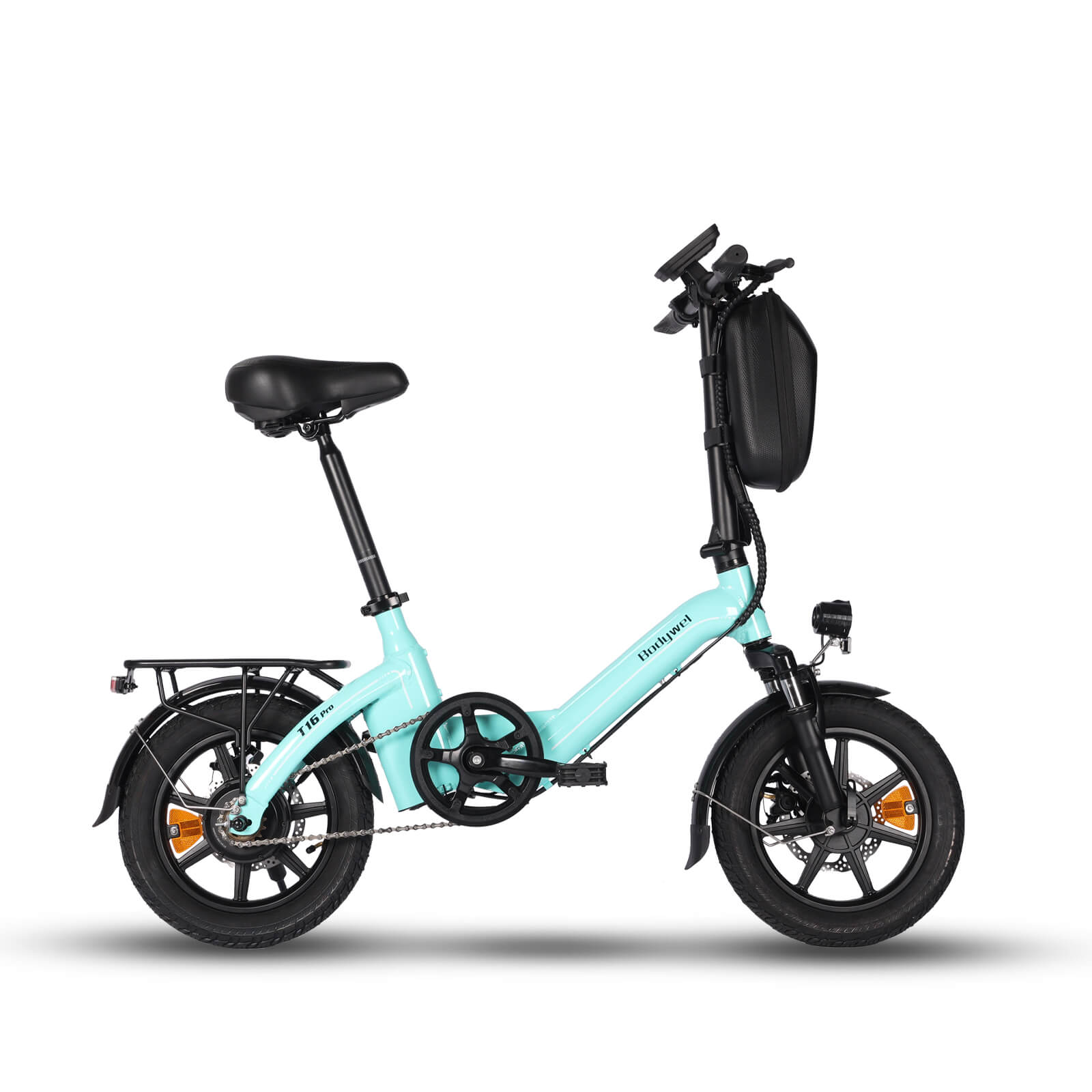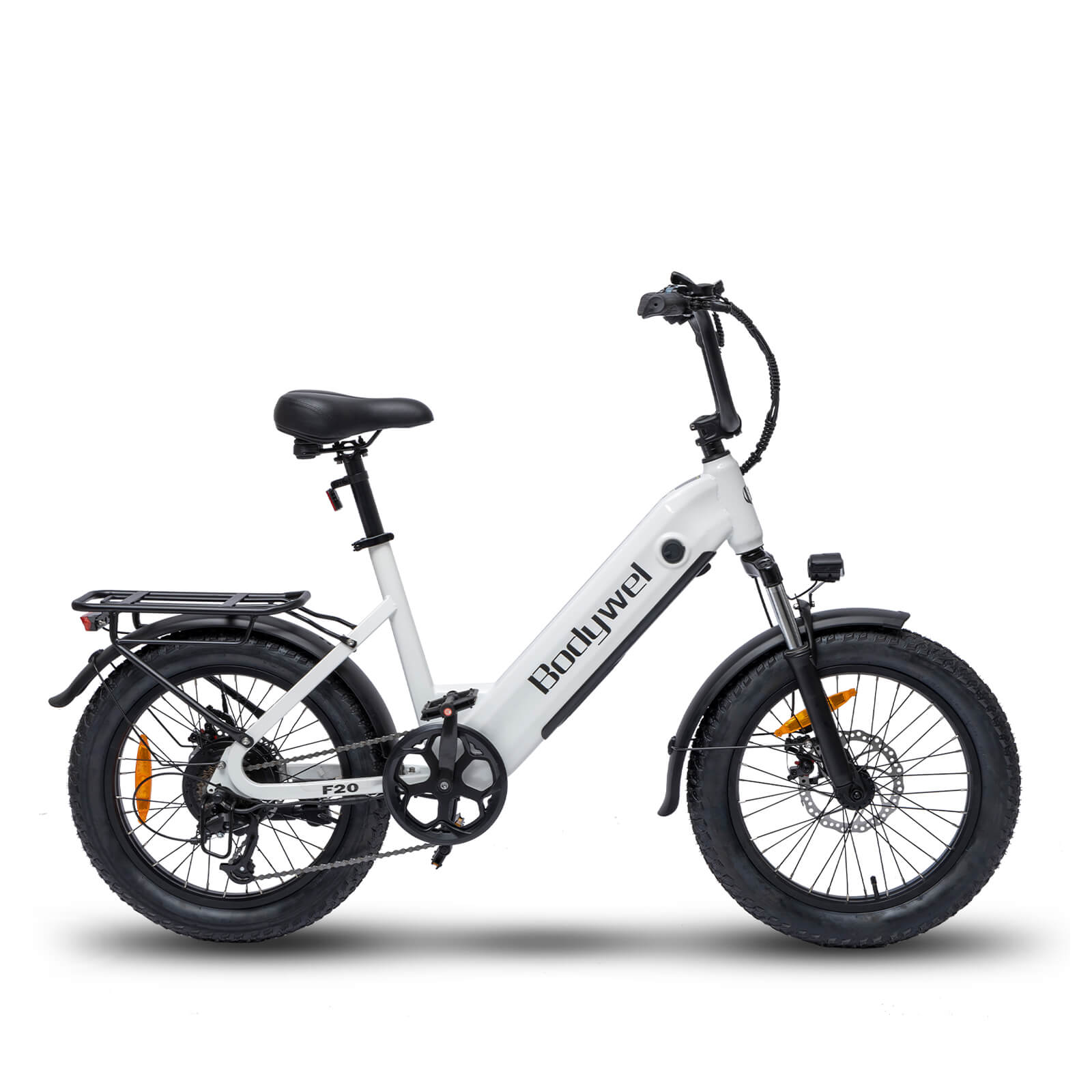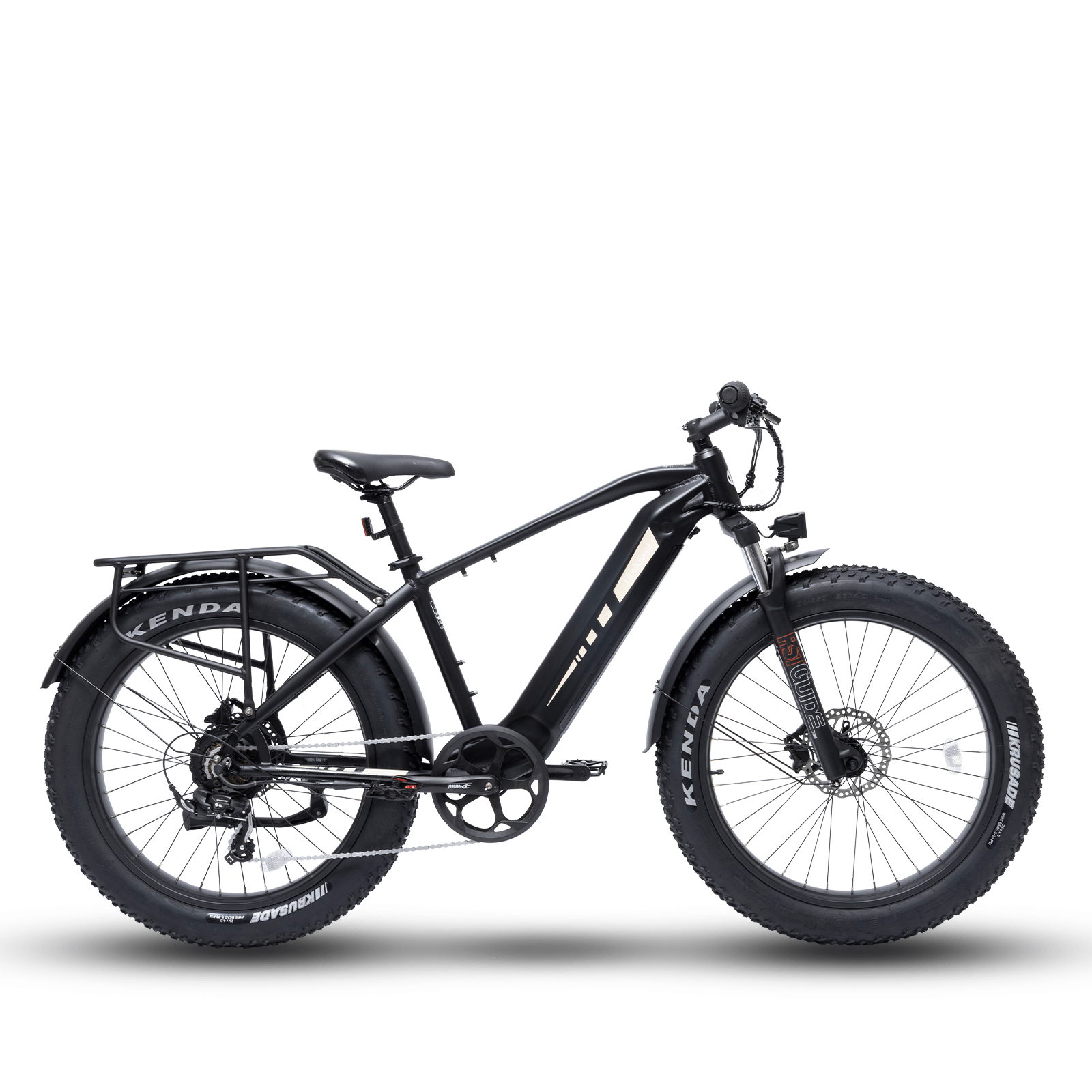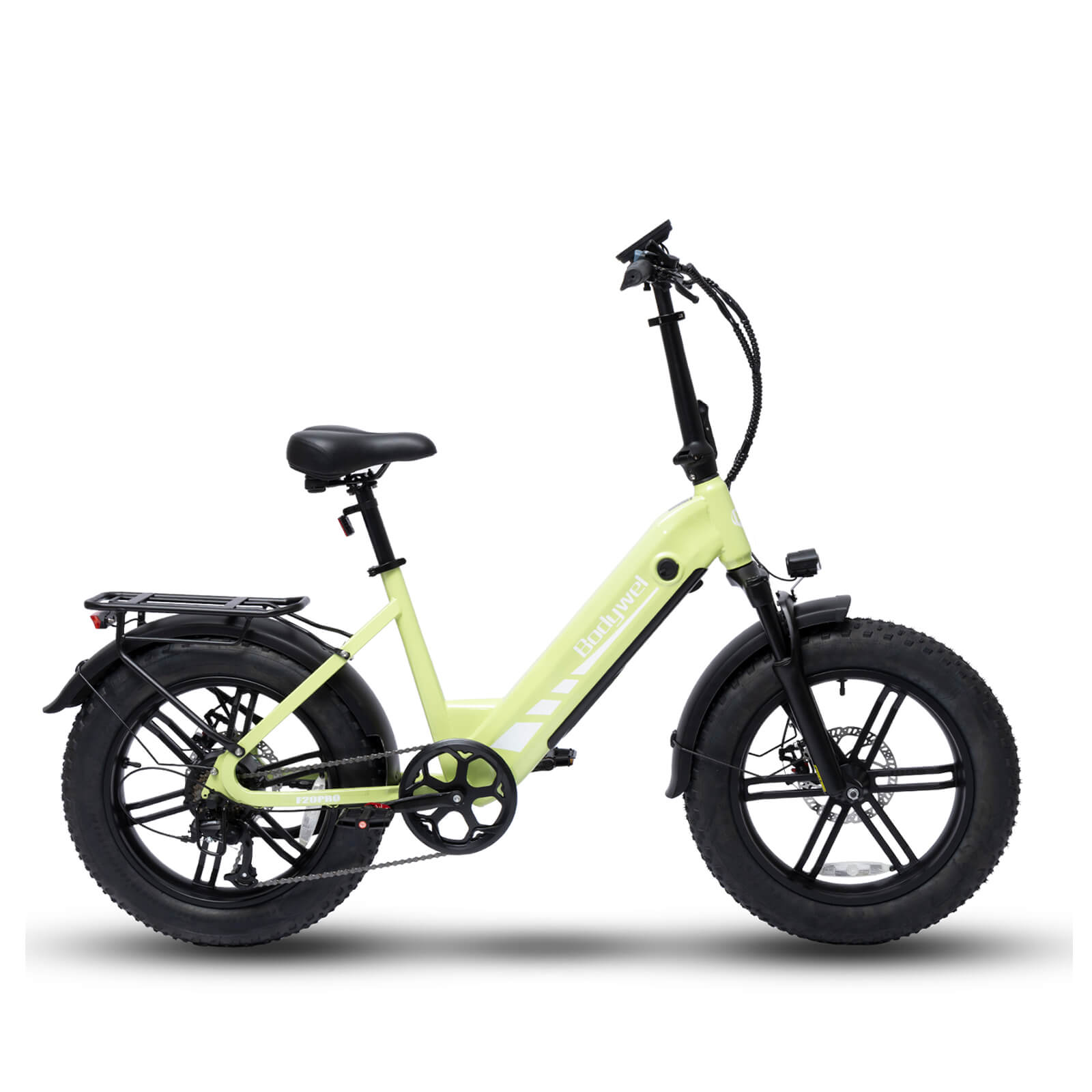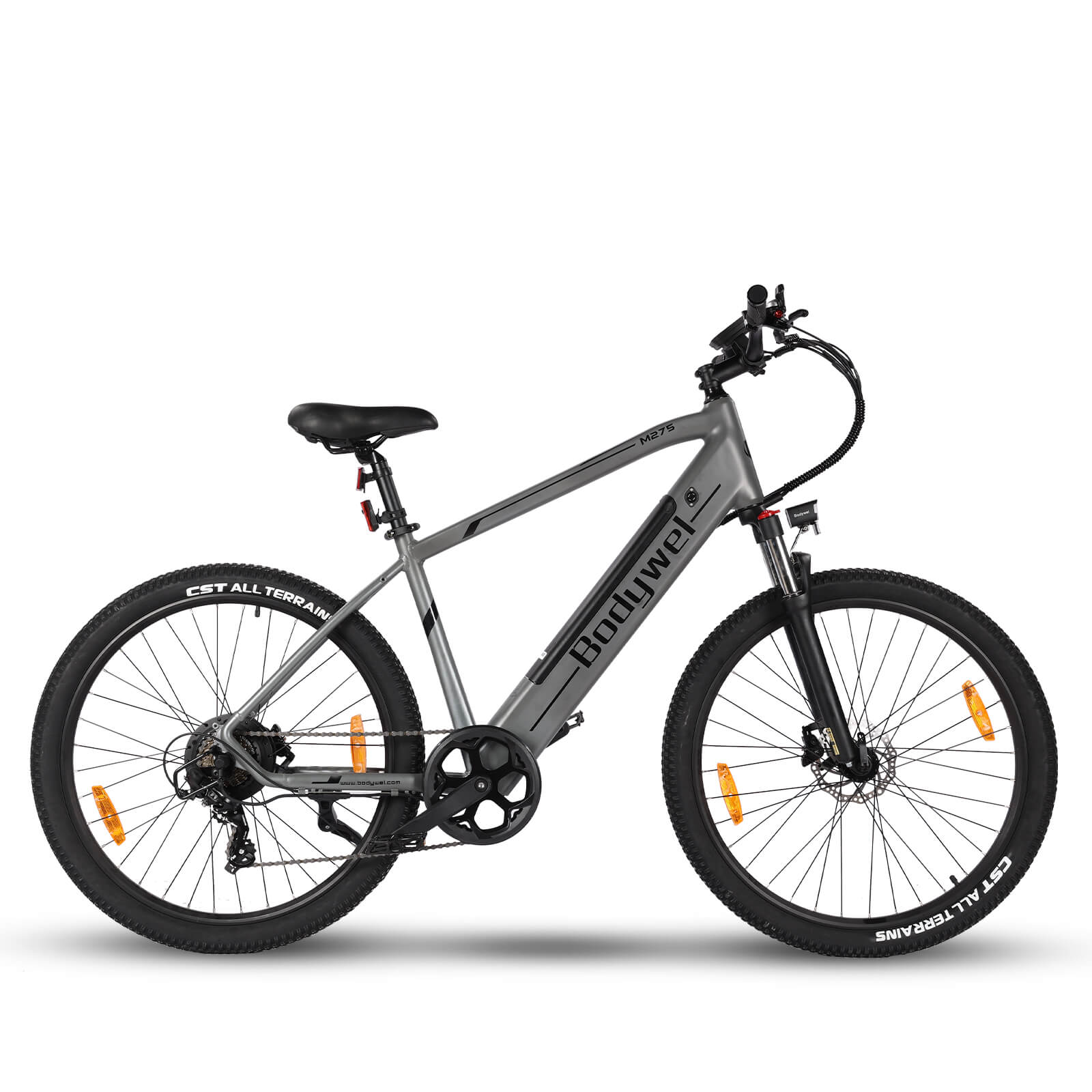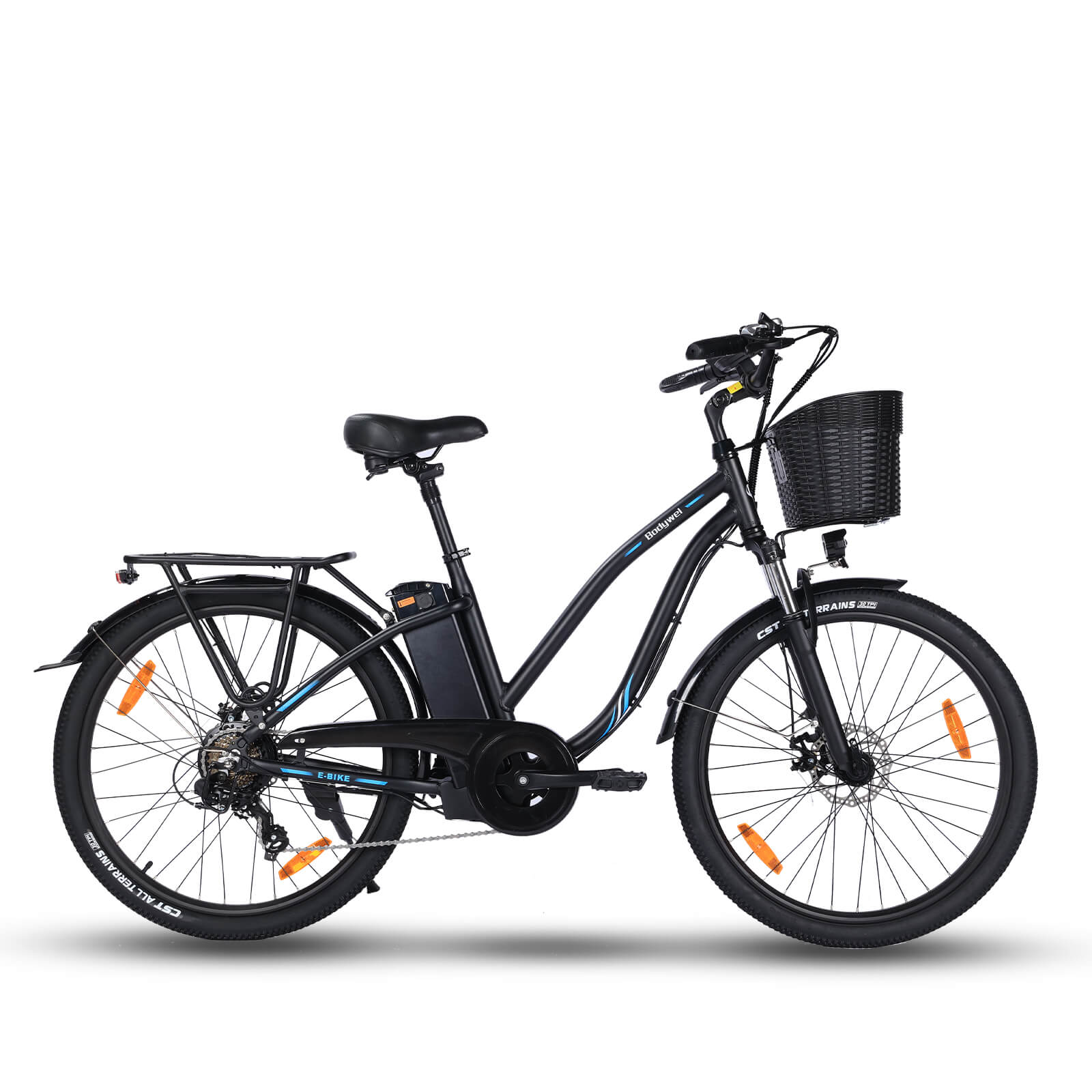5 Suggerimenti essenziali per estendere la durata della vita delle batterie per biciclette

Massimizzazione delle prestazioni: informazioni chiave per la cura delle batterie delle bici elettriche
Una corretta manutenzione della batteria della tua e-bike può prolungarne significativamente la durata e ottimizzarne le prestazioni. Questa guida include cinque consigli essenziali, dalle abitudini di ricarica alle condizioni di conservazione, per garantire che la tua fonte di energia rimanga efficiente per anni.
Pratiche di ricarica ottimali
Le batterie agli ioni di litio, il tipo più comune nelle e-bike, danno il massimo con cicli di ricarica parziali. A differenza delle vecchie tecnologie, si degradano più rapidamente se caricate costantemente al 100%. L'obiettivo è mantenere i livelli di carica tra il 20% e l'80% per l'uso quotidiano. Per lo stoccaggio a lungo termine, una carica al 50% è ideale per ridurre al minimo lo stress sulle celle.
Evitare il sovraccarico
Lasciare la batteria collegata durante la notte o per periodi prolungati può ridurne la capacità nel tempo. I caricabatterie moderni spesso includono funzioni di spegnimento automatico, ma il monitoraggio manuale è comunque consigliato. Ad esempio, un utente ha segnalato una perdita di capacità del 15% dopo sei mesi di sovraccarica abituale.
Gestione della temperatura
Le temperature estreme sono nemiche delle batterie delle e-bike. Il calore elevato accelera la degradazione chimica, mentre le temperature gelide ne riducono temporaneamente la capacità. Conservare e caricare le batterie a temperatura ambiente (10°C–25°C). Se si utilizza in climi freddi, mantenere la batteria isolata ed evitare di caricarla finché non raggiunge la temperatura ambiente.
Linee guida per una corretta conservazione
Quando non si utilizza la bici elettrica per lunghi periodi, conservare la batteria in un luogo fresco e asciutto con una carica del 40-60%. Scaricare completamente la batteria prima di riporla può causare danni irreversibili. Per riferimento, produttori come Bosch si consiglia di controllare le batterie immagazzinate ogni tre mesi per mantenere livelli di carica ottimali.
Controlli di manutenzione regolari
Ispezionare mensilmente i contatti della batteria per verificare la presenza di corrosione e pulirli con un panno asciutto. Assicurarsi che gli aggiornamenti del firmware siano installati, poiché spesso includono ottimizzazioni del sistema di gestione della batteria (BMS). Una batteria ben mantenuta può durare da 800 a 1.200 cicli di carica prima che si verifichi una perdita significativa di capacità.
Modelli di utilizzo intelligenti
I viaggi frequenti e brevi sono più efficaci per la salute della batteria rispetto ai viaggi occasionali e lunghi che richiedono scariche complete. L'utilizzo di livelli di assistenza più bassi riduce il carico sulla batteria, soprattutto in salita. Per chi pianifica tour di più giorni, è consigliabile portare con sé una batteria di riserva piuttosto che scaricarne completamente una singola unità.
Implementando queste strategie, i ciclisti possono aspettarsi che le batterie delle loro e-bike offrano prestazioni affidabili per 3-5 anni. Per le specifiche tecniche, consultare le linee guida del produttore o fonti affidabili come Ciclismo nel Regno Unito.
- Tag: e bike batteries e-bike battery replacement electric bike batteries high-capacity e-bike batteries lithium-ion e-bike batteries
0 commenti




